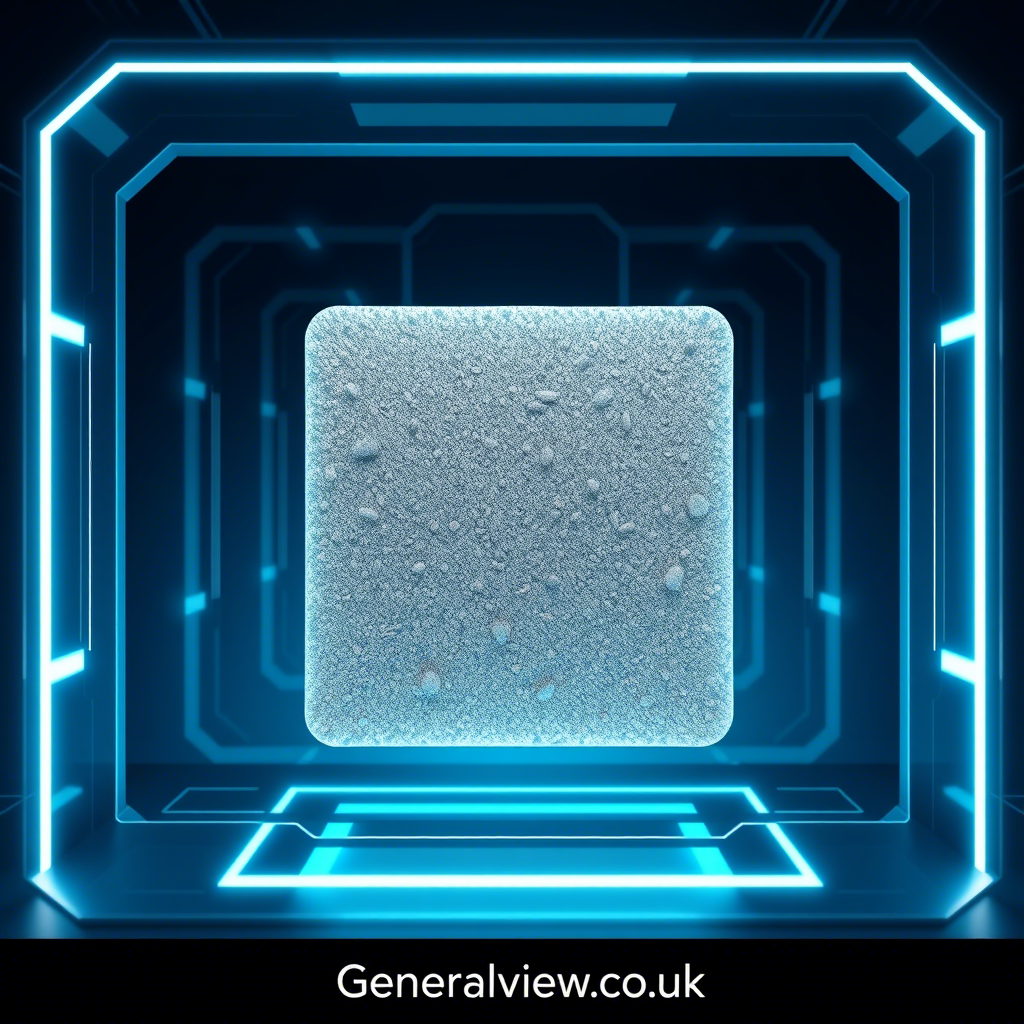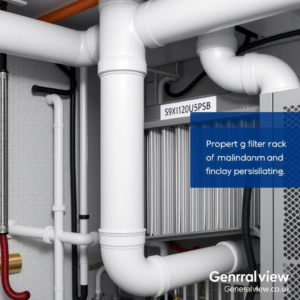
Understanding the 1.5f8-p1uzt Texture : A Comprehensive Guide
In materials science and texture analysis, specific terminologies often emerge to describe unique characteristics that define the properties and applications of various materials. One such intriguing term is the 1.5f8-p1uzt texture. This article delves into what this texture means, its defining features, and how it impacts different industries. Whether you’re a researcher, engineer, or simply curious about advanced material properties, this guide will help you understand the significance of the 1.5f8-p1uzt texture.
What is the 1.5f8-p1uzt Texture?
A specific microscopic pattern within materials exists under the designation of 1.5f8-p1uzt. The arrangement of grains fibers or molecules features a particular orientation that shapes both mechanical properties and thermal behavior and electrical behavior of the material. The material classification system uses abbreviations together with numerical coding to generate the name 1.5f8-p1uzt.
Key Characteristics:
- Grain Orientation: The material consists of arranged grains maintaining a precise ordering pattern.
- Anisotropic Properties: A material processed to this texture shows varying characteristics when measurements are performed from different directions.
- Enhanced Performance: The texture often enhances strength, conductivity, or other functional attributes.
Why Does the 1.5f8-p1uzt Texture Matter?
Understanding textures like the 1.5f8-p1uzt text is crucial for optimizing material performance in various applications. Here’s why:
1. Improved Material Efficiency
Materials with the 1.5f8-p1uzt text can be engineered to perform better under specific conditions. For example, they may show higher tensile strength or improved heat resistance compared to randomly oriented materials.
2. Industry-Specific Applications
Different industries benefit from this texture due to its customizable nature. From aerospace engineering to consumer electronics, the 1.5f8-p1uzt tex plays a pivotal role in advancing technology.
3. Sustainability
By tailoring textures like 1.5f8-p1uzt, manufacturers can reduce waste and improve resource efficiency, contributing to more sustainable practices.
How is the 1.5f8-p1uzt Texture Created?
Creating the 1.5f8-p1uzt text involves precise control over material processing techniques. Below are the steps typically involved:
Step 1: Material Selection
Select a base material from the options of metal, ceramic, or polymer because it shows potential for obtaining the desired grain structure.
Step 2: Processing Techniques
Apply one or more of the following methods to achieve the 1.5f8-p1uzt text:
- Rolling: Compressing the material to align grains.
- Annealing: Heating and cooling to refine grain orientation.
- Electrospinning: For polymers, creating fibers with controlled alignment.
Step 3: Characterization
Use advanced tools like electron microscopy or X-ray diffraction to verify the presence of the 1.5f8-p1uzt text.
Comparing Textures: 1.5f8-p1uzt vs. Other Textures
To better understand the uniqueness of the 1.5f8 p1uzt texture, let’s compare it with two other common textures.
| Texture Type | Key Features | Applications |
|---|---|---|
| 1.5f8-p1uzt Texture | Highly ordered grain alignment; anisotropic | Aerospace, electronics |
| Random Texture | No specific grain alignment | General-purpose materials |
| Fiber Texture | Aligned along one axis | Composites, textiles |
Industries Benefiting from the 1.5f8-p1uzt Texture
Several industries have adopted materials with the 1.5f8-p1uzt text to enhance their products. Let’s explore some examples:
1. Aerospace Engineering
Aircraft components require materials that are lightweight yet strong. The 1.5f8-p1uzt text helps achieve these qualities by improving directional strength and reducing weight.
2. Electronics
In semiconductors and circuit boards, the 1.5f8-p1uzt text enhances electrical conductivity and thermal stability, making devices more efficient and durable.
3. Medical Devices
These prosthetics and implants based on this product texture demonstrate outstanding patient safety alongside extended service life.
Frequently Asked Questions (FAQs)
Q1: What makes the 1.5f8-p1uzt texture unique?
A1: The 1.5f8-p1uzt texture stands out due to its highly ordered grain alignment, which results in anisotropic properties. These properties make it ideal for specialized applications requiring enhanced performance.
Q2: Can the 1.5f8-p1uzt texture be customized?
A2: Yes! By adjusting processing parameters like temperature, pressure, and time, engineers can fine-tune the 1.5f8-p1uzt text to meet specific requirements.
Q3: Is the 1.5f8-p1uzt text expensive to produce?
A3: Paying higher costs for precision processing at first proves beneficial when considering that long-term durability and efficiency bring significant added value to the investment.
Q4: Are there any limitations to using the 1.5f8-p1uzt text?
A4: One limitation is its anisotropic nature, which means it performs differently in various directions. Careful design is required to ensure optimal performance in all intended uses.
Conclusion
The 1.5f8-p1uzt material texture delivers revolutionary potential to material science which enables transformative industrial development through its exceptional qualities. The special grain alignment along with anisotropic properties has transformed numerous industries from aerospace operations to healthcare services. Modern research into this texture will produce additional groundbreaking applications as investigators experiment and improve its usage.
Knowledge and implementation of the 1.5f8-p1uzt texture represent a necessary strategy to advance in your field. Follow the advancements related to this area because remarkable growth possibilities exist.



Average Rating